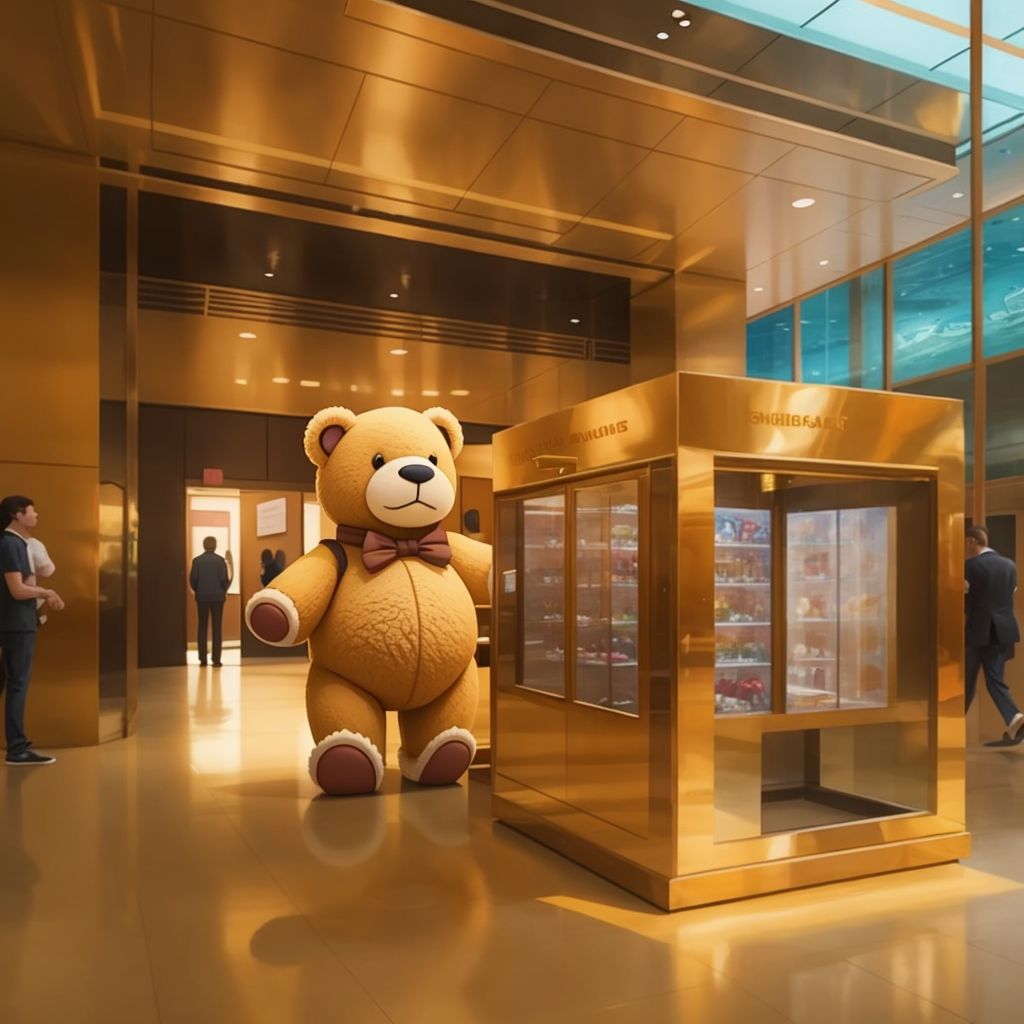

Recommend
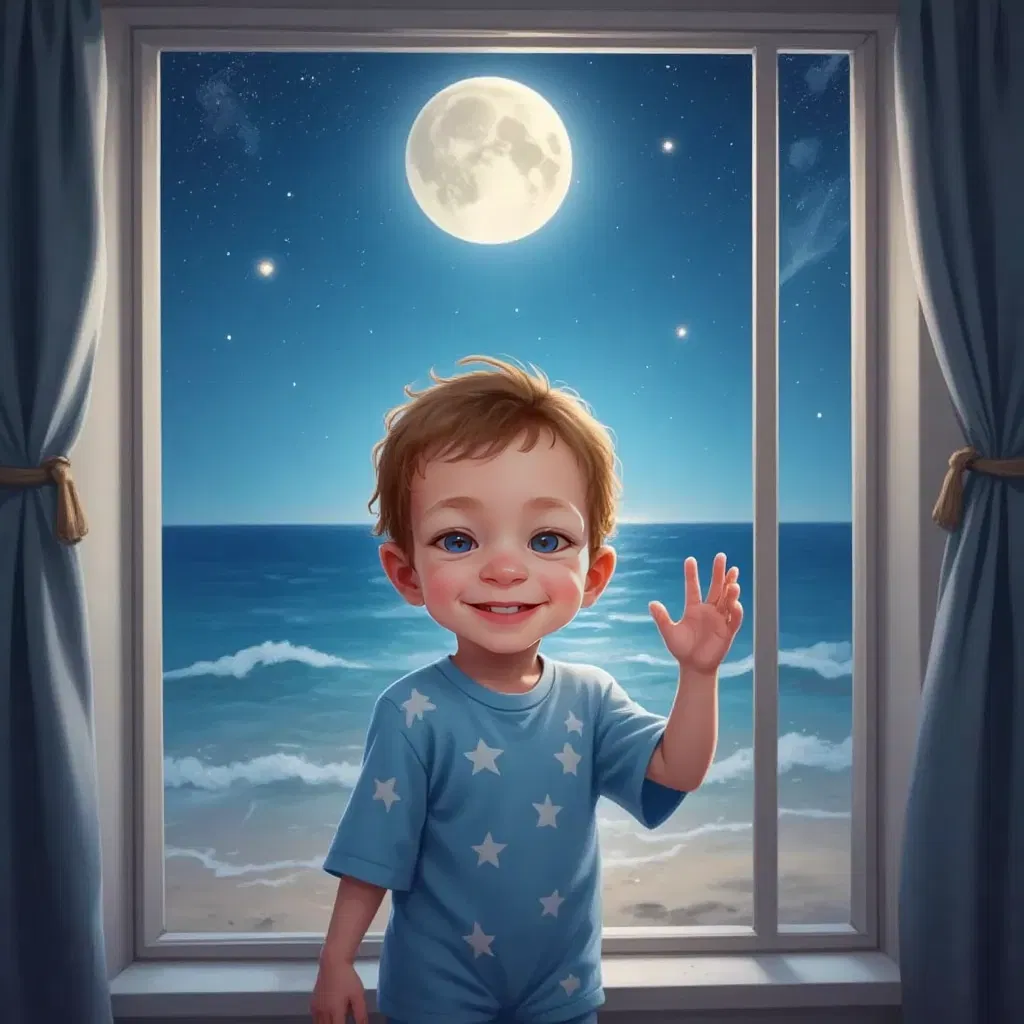
Pagina 1: Testo: C'era una volta un bambino di nome Enea che abitava in una piccola casa vicino al mare. Enea aveva grandi occhi pieni di sogni e desiderava più di tutto volare sulla Luna. Pagina 2: Testo: La mamma e il papà di Enea amavano pedalare in bicicletta. Ogni giorno lo portavano in giro tra i prati e le stradine del paese, mentre lui immaginava di pedalare fra le stelle. Pagina 3: Testo: Enea aveva uno zio molto speciale. Lo zio studiava i razzi veri, quelli che vanno nello spazio. “Un giorno ti porterò con me,” diceva sempre lo zio, “così vedrai come volano davvero!” Pagina 4: Testo: La zia di Enea invece era bravissima a disegnare. Insieme creavano razzi bellissimi, pieni di colori e fantasia. “Il tuo razzo andrà lontanissimo!” gli diceva sorridendo. Pagina 5: Testo: Enea aveva anche due nonni che amavano raccontargli storie. Nonno Dante era stato un carabiniere, sempre coraggioso. Nonna Bruna aveva un piccolo negozio pieno di fiori profumati. Pagina 6: Testo: Gli altri nonni Paola e Ettore, invece, vivevano in campagna e coltivavano frutta e verdura. Enea correva felice tra gli alberi, sognando di scoprire un giorno cosa si coltiva sulla Luna. Pagina 6: Testo: Un giorno Enea decise di costruire il suo razzo per andare sulla Luna. “Disegniamo il razzo più bello del mondo!” disse. Lo zio lo aiutò a pensarlo, e la zia lo aiutò a disegnarlo. Pagina 7: Testo: Passavano i giorni, gli anni, ed Enea cresceva. Non dimenticava mai il suo sogno, tenendolo sempre vicino al cuore. Pagina 8: Testo: Un giorno speciale arrivò davvero. Enea, ormai grande, indossò una vera tuta spaziale e salì su un vero razzo. La sua famiglia, orgogliosa, lo salutava sorridendo. Pagina 9: Testo: E finalmente… Enea volò verso le stelle! Aveva realizzato il suo sogno, ricordando con amore tutti quelli che avevano creduto nei suoi sogni. Pagina 10: Testo: “Non smettere mai di sognare, piccolo esploratore. Un giorno, se lo vorrai davvero, anche tu arriverai sulla Luna!”

Page 1 (The Argument 😠) Aiman, Zara, Irfan, and Amanda play together every evening. But today, they cannot agree on a game! "Let’s play football!" says Aiman. "No! Let’s ride our bikes!" says Irfan. "I want to read a book!" says Amanda. "Hide and seek is fun!" says Zara. They cross their arms. "No! My game is the best!" Page 2 (The Problem 😡) They argue and argue. Nobody listens. Nobody plays. Page 3 (Realizing the Problem ⏳) Amanda looks at the sky. "Oh no! The sun is going down!" Aiman groans. "We waste time!" Irfan sighs. "Now we have no time to play!" Zara shakes her head. "This always happens..." Page 4 (The Solution 🤝) "Wait!" says Amanda. "Let’s listen to each other." Each friend says why they like their game: "Football is fun because I love to run!" says Aiman. "Cycling is fun because we go fast!" says Irfan. "Reading is fun because I love stories!" says Amanda. "Hide and seek is fun because I love to surprise my friends!" says Zara. "Let’s take turns!" says Irfan. "Yes! One day football, one day cycling!" says Amanda. "And NO MORE FIGHTING!" says Zara. Page 5 (Playing Together 🎉) "Quick! Five minutes left! Let’s play tag!" says Aiman. They laugh and run. They have fun together. Page 6 (Final Message 💡) "Playing together is fun! Fighting is not!" "When we have a problem, we listen, we take turns, and we play happily!"
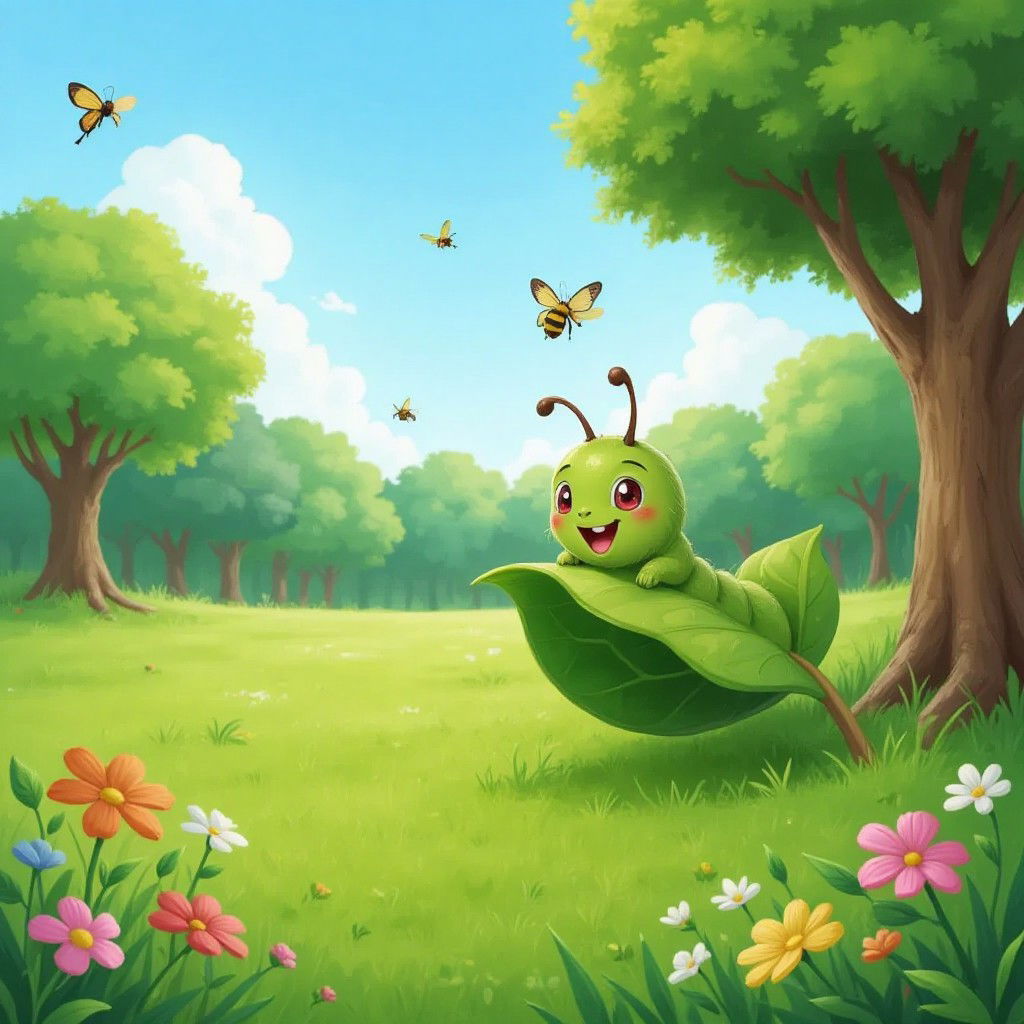
1. Seekor ulat sedang menikmati daun yang enak namun didatangi beberapa serangga yang memiliki sayap. Serangga-serangga itu menertawakan ulat yang gemuk dan tidak memiliki sayap seperti mereka. Kemudian dengan sedikit ketangguhan, ulat yakin suatu hari nanti keajaiban datang. Ia tidak bersedih. Ulat terus bersabar menanti saatnya tiba sambil terus memakan daun. Akhirnya ulat berubah menjadi kepompong. Setelah menunggu sekian lama, ulat pun berubah menjadi kupu-kupu dengan sayap yang indah.
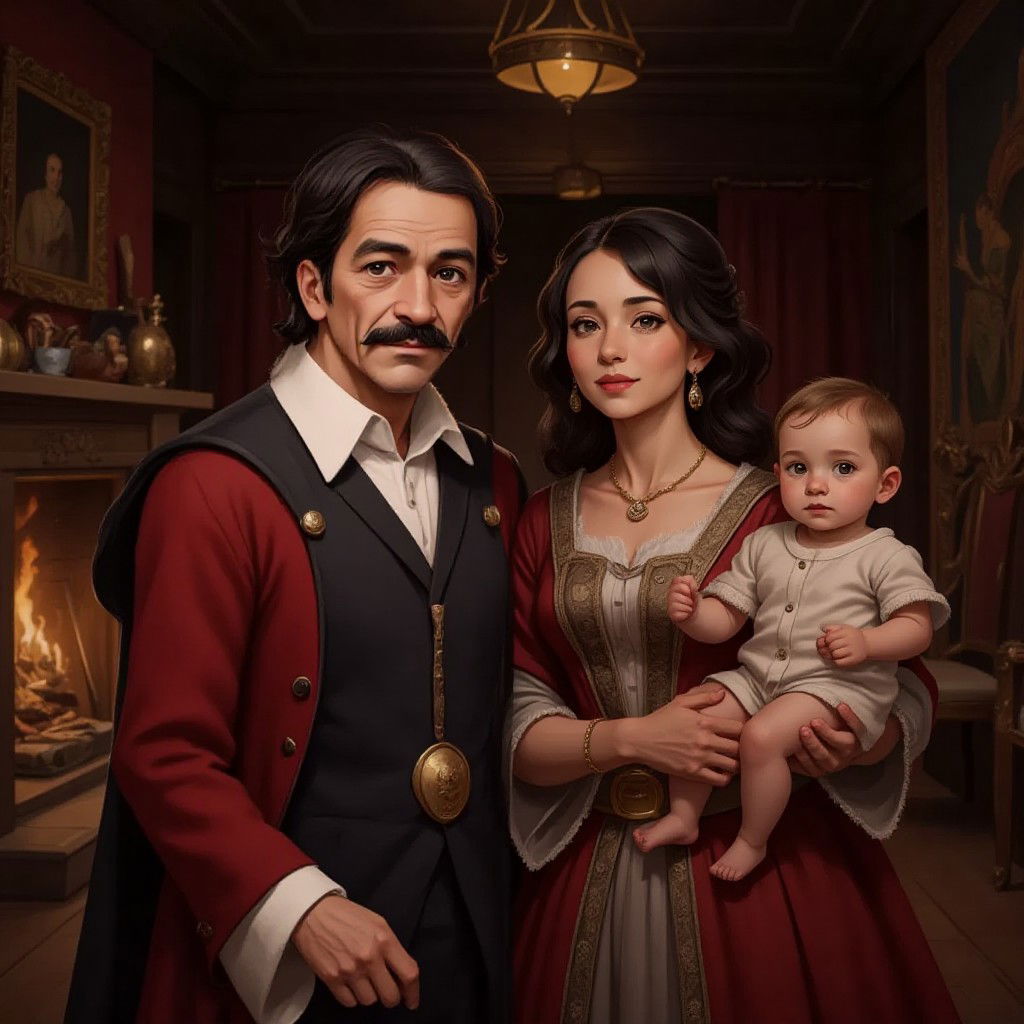
Set in Shakspearean times. The two families, the montagues and capulets have always been feuding and hated eachother. page 1: In two seperate scenes, there is each a man and a woman holding a baby. These two families are the Montagues and The capulets. The Montagues baby is a boy named Romeo, and the Capulets Baby is a girl named Juliet. Page 2: The two babies, who have now grown up to be teenagers, are sit in seperate scenes .Romeo is working at a desk in his royal looking bedroom and Juliet is walking through the town down a street that looks like a market. Pg 3: One day the two both attend a ball. they had never met before but when romeo saw juleit he was amazed by her beuty. Pg 4: Romeo asks Juleit to dance. they dance and fall in love. Pg 5: Romeo goes to juleits house. Juleit stands on her balcony and tlaks to Romeo in secret. They profess their love and agree to get married the next day. Pg 6: Te two get married and are ready to grow old together. But one day while Romeo and Juleit walk down the streets of the kingdom Julits protective brother tybalt sees them. He is angered by romeo and begins to fight him. Romeo defends himself but eventually injurs Tybalt. Romeo is banieshed by the prince of the Kingdom. Page 7: Juliet dosnt know if she will ever see her husband again. She lyes on her bed crying for her love. Page 8: That night she decides to sneak out of the kigdom to go be with romeo in anouther kingdom. She gets to the castle walls and sees romeo who was hoping she would come to be with him. Page 9: The two hug. Nobody knows what happeened after that to the two lovers, but all that mattered is they were together. CARTOON STYLE!
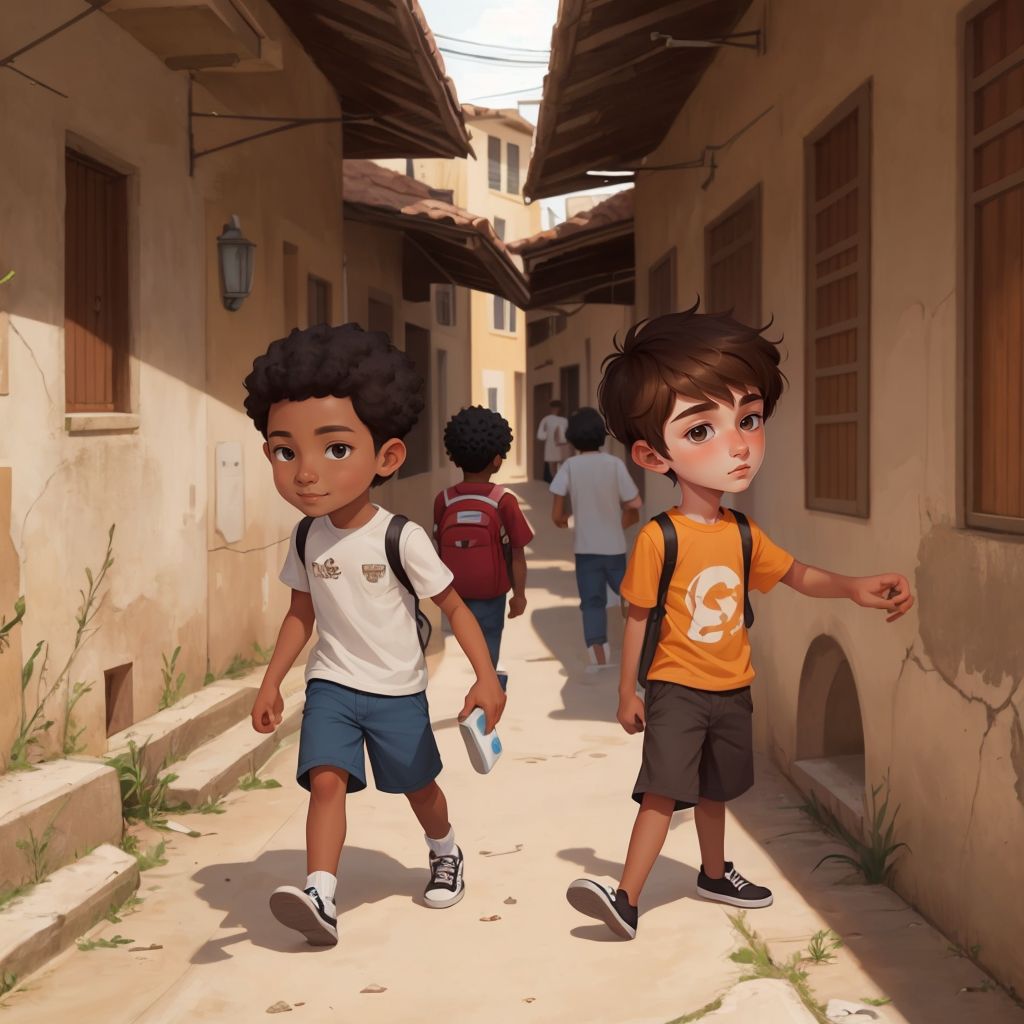
High school is a whirlwind of quizzes, friendships, and first crushes. For Uzeke, it begins with a single glance at Unity—the radiant new girl with blonde hair and blue eyes who captures his heart in an instant. As Uzeke grows closer to Unity, sharing late-night conversations under the stars and moments that feel magical, his heart is shattered when she confesses her feelings—for his best friend, Unique. Struggling to balance friendship and unspoken love, Uzeke is thrust into an emotional storm of jealousy, heartbreak, and self-discovery. Can Uzeke find a way to move on while preserving the friendships that mean the most to him? Or will unrequited love leave him stranded in the shadows of what might have been? Told with raw emotion and a tender exploration of young love, Unrequited Love is a poignant story about the beauty and pain of falling for someone who will never be yours. Perfect for readers who enjoy heartfelt coming-of-age tales with bittersweet endings.
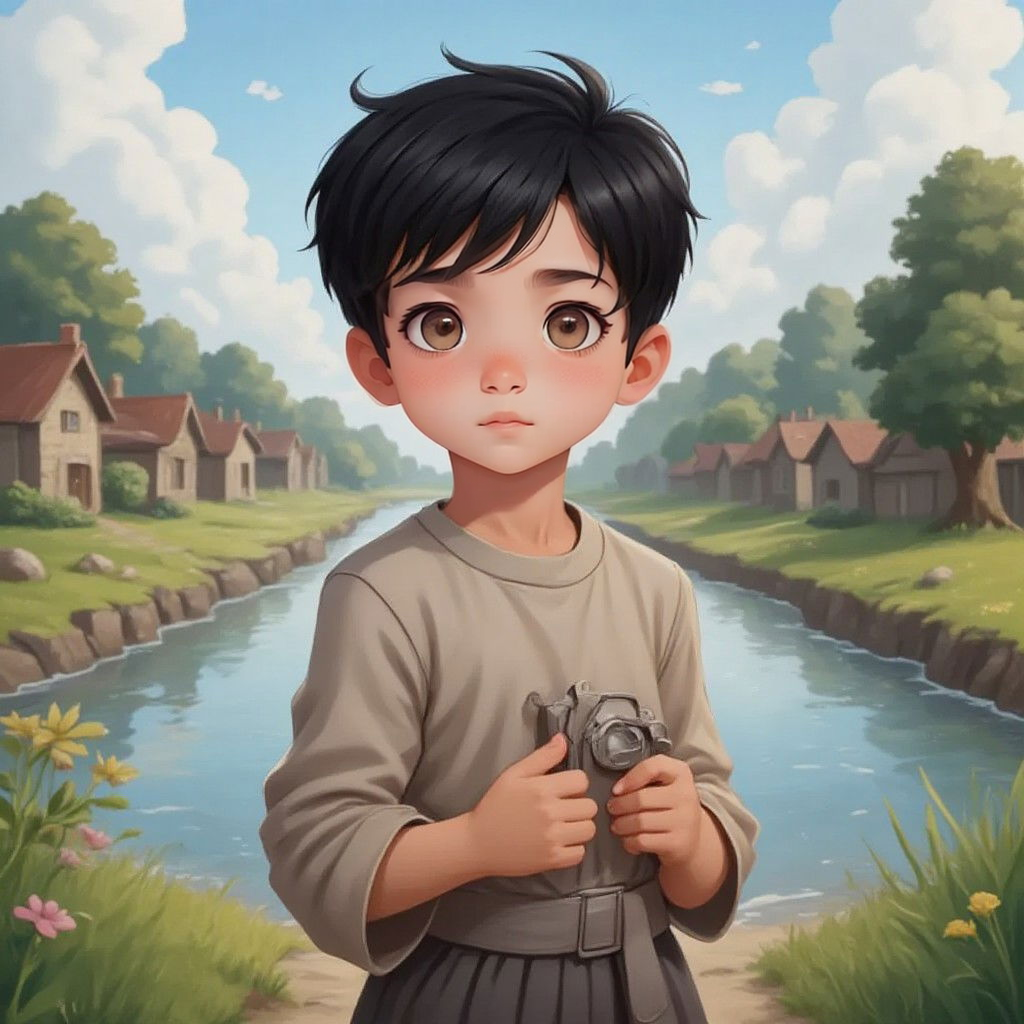
في قرية صغيرة وادعة بالقرب من غابة كثيفة، عاش صديقان صغيران، سراج وجنيد. عُرفا بحبهما لاستكشاف العالم من حولهما ومساعدة الآخرين. عندما علم أهل القرية أن وحشًا قد أقام في أحد الكهوف القريبة وسد النهر الذي يغذي أراضيهم، قرر سراج وجنيد التدخل بموافقة أسرهم ودعم مجتمعهما، ملتزمين بأمان الجميع وبقيم التعاون. الرحلة نحو الكهف جهّز الصديقان أدوات بسيطة غير مؤذية؛ سيف خشبي ومقلاع صغير. في الطريق، وجدا سنجابًا عالقًا في شجيرة أشواك، فساعداه بعناية. شكرهما السنجاب بجوزة صغيرة، احتفظ بها سراج بحذر. مواجهة الوحش وصل الصديقان إلى الكهف. خرج الوحش، كبير الحجم وذا عينين متوهجتين، وسألهما بصوت عالٍ: "لماذا أتيتما؟" قال سراج: "جئنا لنطلب منك بلطف أن تترك هذا المكان لأنك تؤثر على قريتنا." ضحك الوحش وقال: "إذا أردتما رحيلي، فعليكما حل ثلاثة ألغاز." وافقا بعد أن شرح الوحش القواعد بوضوح. اللغر الأول: "أنا لست حيًا، لكنني أنمو. لا أملك رئتين، لكنني أحتاج إلى الهواء. من أكون؟" أجاب سراج: "النار." اللغر الثاني: "كلما أخذت مني، تركت المزيد خلفك. من أكون؟" أجاب سراج: "الخطوات." اللغر الثالث: "ما له جذور لا تُرى، أطول من الأشجار، ولا ينمو؟" أجاب جنيد: "الجبل." رغم غضبه، احترم الوحش التزامهما بالقواعد وقال: "لقد نجحتم. ولكن يجب أن تثبتوا شجاعتكم!" نهاية التحدي هاجم الوحش بطريقة محكومة وغير مؤذية، حيث كان هدفه اختبار ذكاءهما. أطلق سراج الجوزة التي قدمها السنجاب بمقلاعه. عند ملامستها الوحش، نمت شجرة سحرية وقيّدته. قال الوحش: "أثبتما شجاعتما وذكاءكما. سأغادر بسلام." احتفال القرية عاد النهر يتدفق، واحتفل أهل القرية بعودة الحياة الطبيعية. أصبح سراج وجنيد مثالاً يُحتذى بهما في التعاون والذكاء، وأظهر الجميع احترامًا للقيم الأخلاقية التي ساهمت في تحقيق السلام.
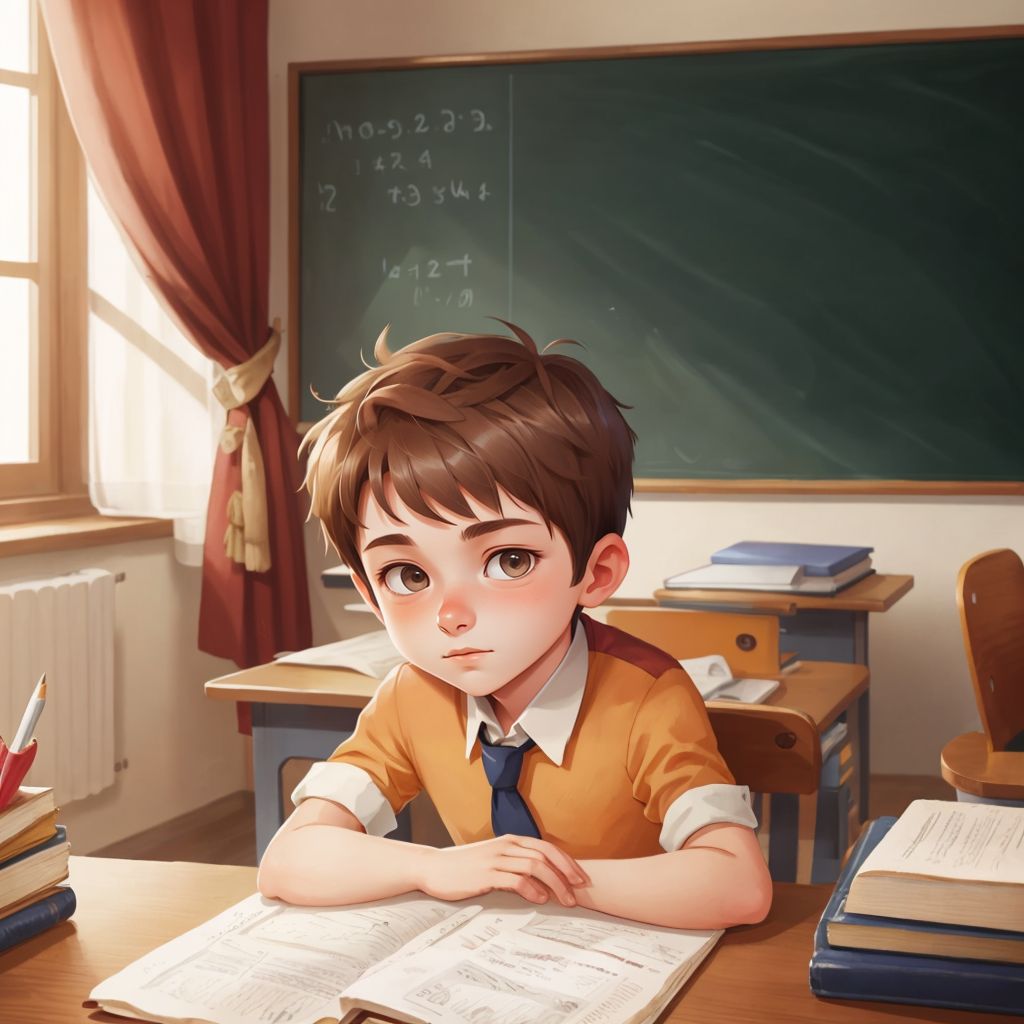
المشهد الأول: في المدرسة الزمان: صباح يوم دراسي مشرق في مدرسة حكومية. المكان: فصل دراسي في الصف السابع. (تبدأ القصة في فصل دراسي حيث يجلس الطلاب على مقاعدهم، معلمهم السيد علي يقف أمام السبورة. جميع الطلاب مشغولون في كتابة الواجبات.) السيد علي: "حسنًا يا طلاب، في اليوم التالي لدينا اختبار في مادة الرياضيات. أريد من كل واحد منكم أن يضع أفضل جهوده، لكن تذكروا دائمًا، ما يهم ليس الدرجات فقط، بل الأمانة في العمل. إذا غشّيتَ في الاختبار، ستكون قد خسرت أكثر من مجرد درجة." (يتبادل الطلاب النظرات ويبدأ البعض في التفكير.) المشهد الثاني: بعد المدرسة الزمان: بعد الظهر. المكان: المنزل، في غرفة يوسف. (يوسف، طالب في الصف السابع، في غرفته يفكر في الاختبار القادم. على مكتبه ورقة تحتوي على إجابات الاختبار الذي أعدّه المعلم منذ أسبوع.) يوسف (مفكرًا): "إذا استخدمت هذه الإجابات، سأنجح بسهولة... لكن هل هذا هو الطريق الصحيح؟ ماذا لو اكتشف المعلم؟ ماذا لو اكتشف زملائي؟" (يوسف يأخذ نفسًا عميقًا ويقلب الورقة. فجأة، يتذكر كلمات معلمه السيد علي.) السيد علي (في ذهنه): "الأمانة في العمل، ما يهم هو الجهد الحقيقي." يوسف (يتنهد بقلق): "أنا لا أريد أن أغش... لكن الاختبار صعب."
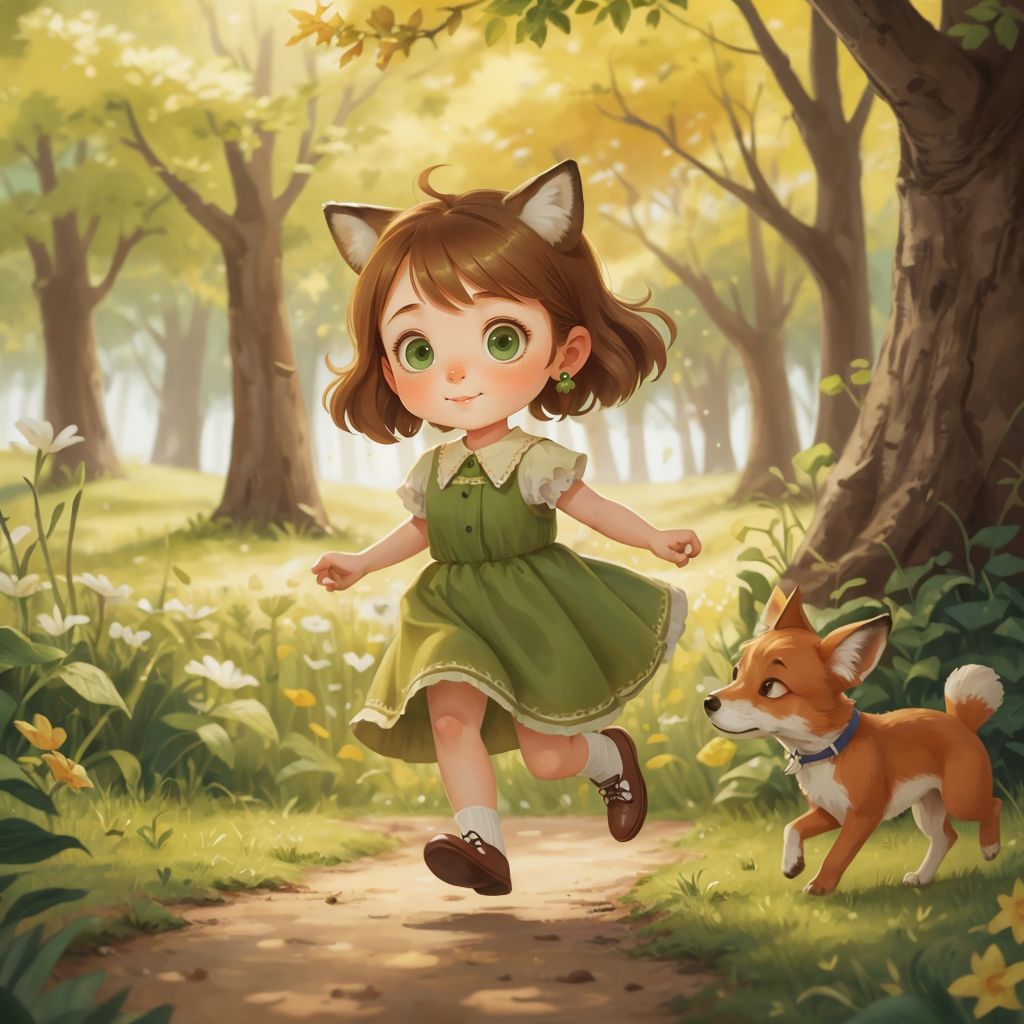
One sunny morning, Lana walked into the park with her parents. Among the playful pups, her eyes landed on a tiny, bouncy Fox Terrier. The dog ran straight to Lana, wagging its tail so hard it nearly toppled over. “It’s love at first sight!” her mom said with a smile. “Can we take her home?” Lana asked, hugging the pup. And so, Dina became part of Lana’s world.
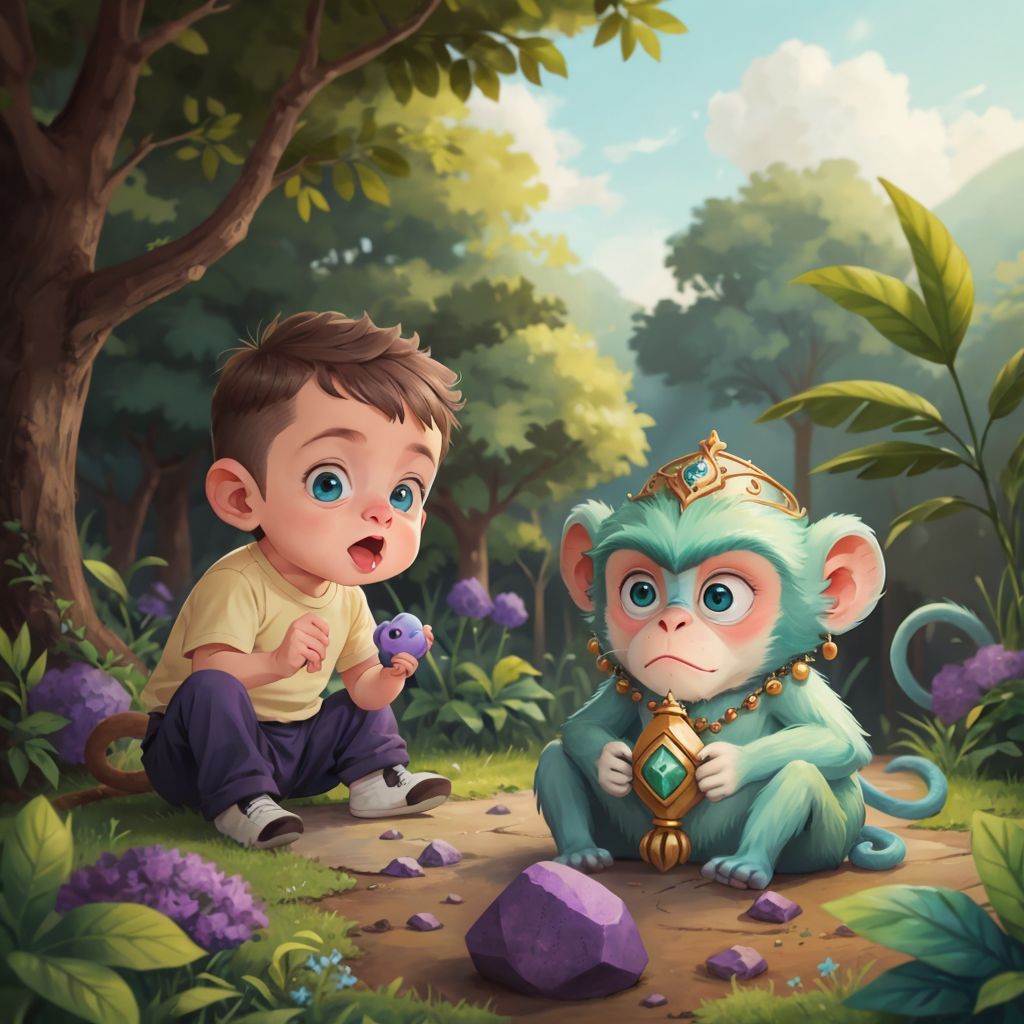
1. John Jr and Vasi was exploring around outside. They would occasionally stop to greet people. Vasi finds a peculiar purple rock. 2. John Jr uses his phone to try to identify this rock. It appeared to be 'a stone of tomorrow. John Jr saw some steps to follow to activate the stone. John Jr and Vasi wondered what would happen. 3. John Jr followed the instructions and would chant anything needing to be said together. They completed the last step and all the sudden the stone glowed brightly and became warm. 4. They then felt a weird feeling in their body. A before they knew it they was in a strange place. People looked and did things very differently than what they was used to. 5. People was zooming pass John Jr and Vasi in spaceships. Everyone they saw were dressed funny in plastic clothes. The oddest thing to John Jr and Vasi is the fact that people no longer spoke to each other. Instead they used a combination of sign language and telepathy. John Jr and Vasi started to check out the place. 6. They found a sign for an upcoming carnival on June 28, 2044. John Jr and Vasi was intrigued. Life was very different than what they had known, which made them a bit scared. 7. John Jr looked up for something to help him and Vasi return back to normal. John Jr found some steps for a reversal. John Jr and Vasi carefully followed steps. The stones became cold and with a blink of an eye, they were safely back in their neighborhood. 8.. John Jr and Vasi was glad to see a glimpse of the future, but had no desire to return. They took the stone home and put it on their shelf.

Kayuh and bentley go to the beach
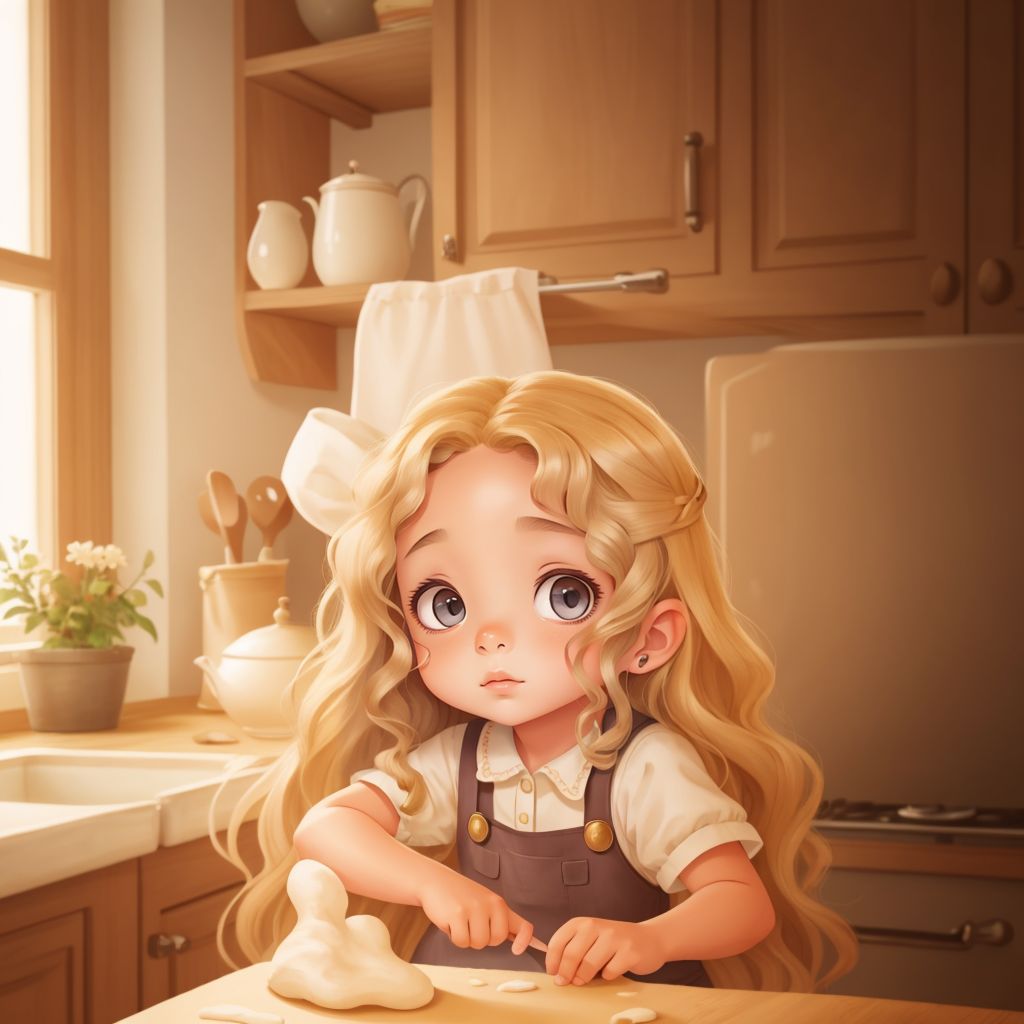
Sundy bakes bread with fresh farm ingredients. Sundy collects honey from buzzing bees. Sundy helps herd sheep into the pen. Sundy tastes fresh milk straight from cows. Sundy rides in a tractor with Farmer Joe. Sundy picks apples from tall orchard trees. Sundy cuddles with fluffy baby chicks. Sundy watches a sheepdog guide the sheep. Sundy learns to churn butter from cream. Sundy plants flowers in the farmhouse garden. Sundy finds a hidden bird's nest. Sundy plays hide-and-seek in the barn. Sundy climbs hay bales with friends. Sundy finds a four-leaf clover in the field. Sundy listens to frogs croak by the pond.

Red and her mother lived in a cozy cottage on the outskirts of a great forest. "Little Red!" shouted Mother, banging her rolling pin on the table. “Little Red! Time to get up,” she called as Red leapt out of bed, knowing her mother would be cross.
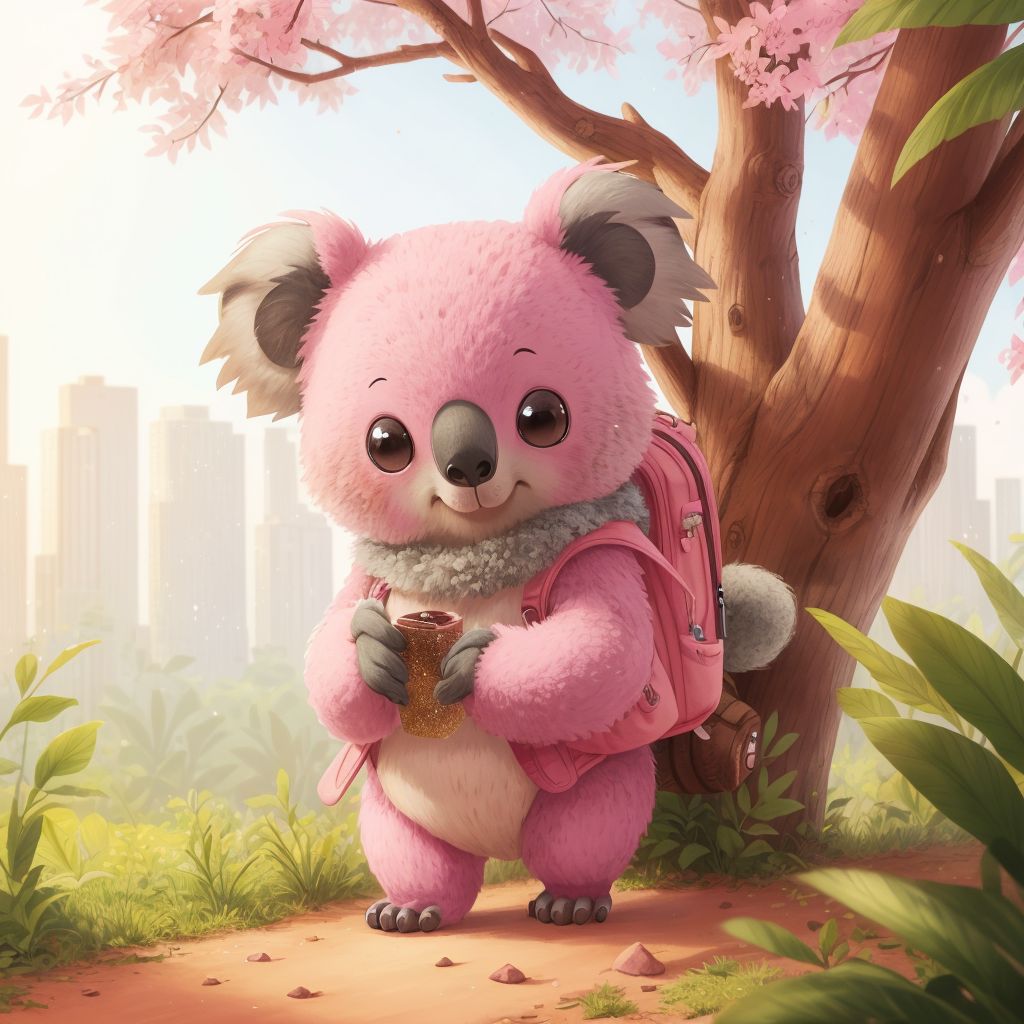
Zoe the koala meets a wizard, and the wizard house was covered in vines, so Zoe had to save the wizard
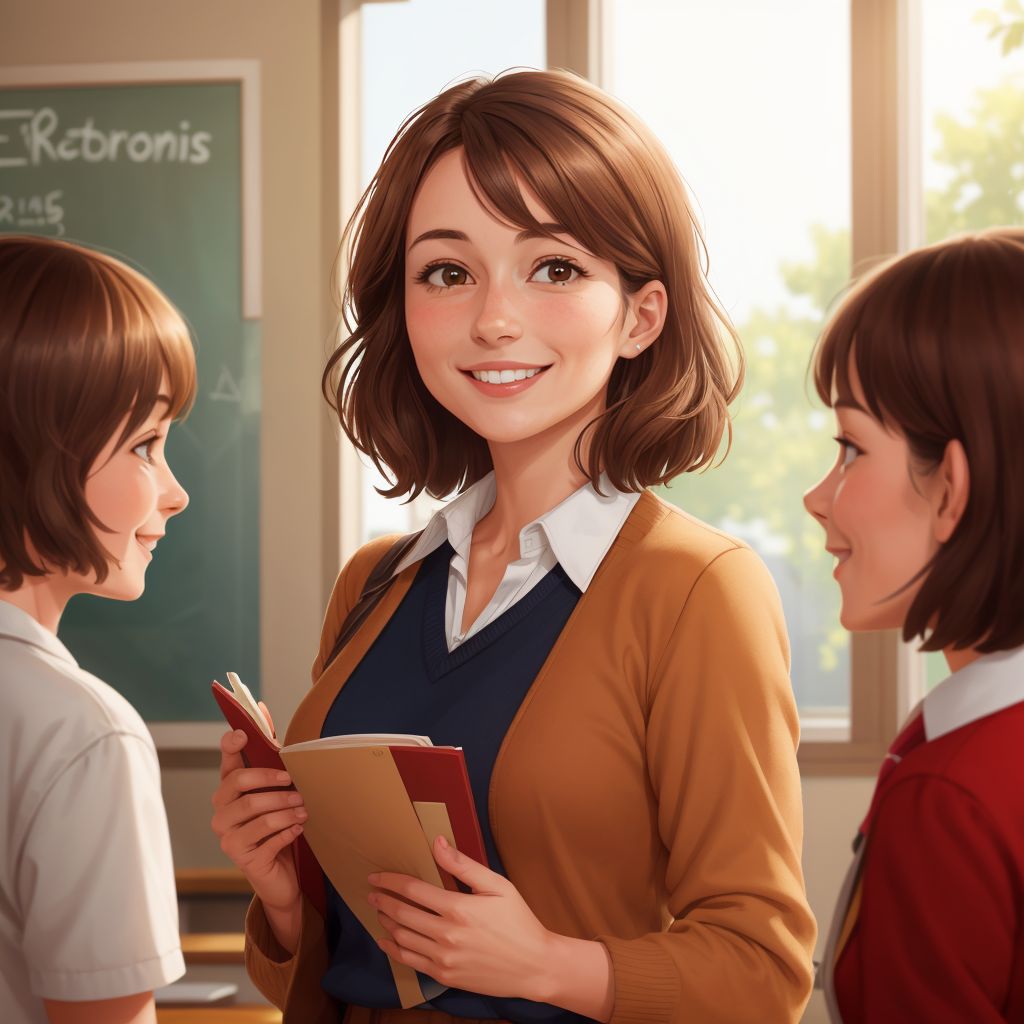
Story about a teacher taking kindergarteners through their first year of school. Teaching, learning, playin
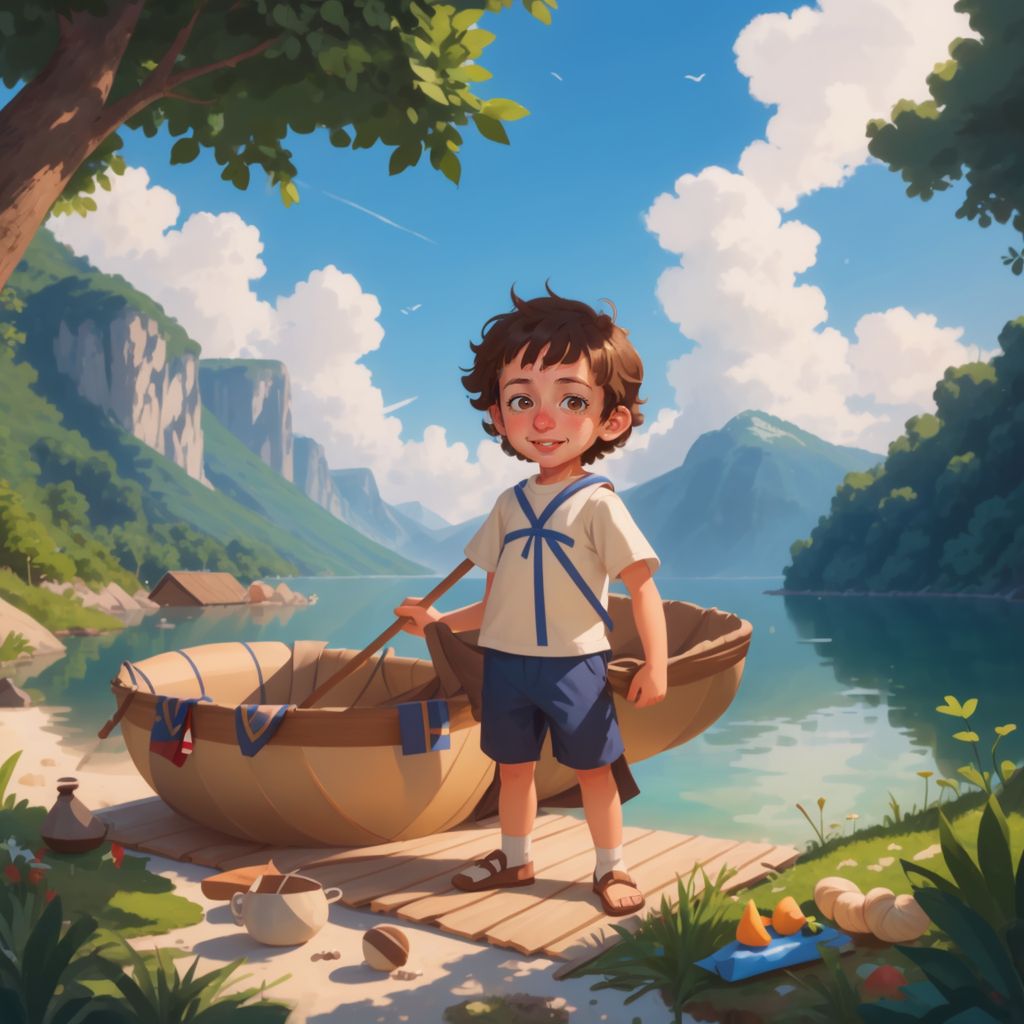
boy is a serf who needs to secure a meeting with the king. He builds a raft. paints it brown and black. he brings a knife, a grapling hook,a glass jar with holes in the top,3 pounds of compressed walnut leaves, one slice of ham, one candle a club, a pad of paper, a pack of matches and a chissel. he waits until 11:30 at night. he retrieves his raft from the hiding spot near the moat. he would be dressed in all black. after crossing the moat he scales the wall with grappling hook. uses a candle so he can see. creates a smoke bomb out of jar and leaves to make guards pass out. boy stops to eat ham. he then gets to the kings door and chisels the lock. upon entering the king is impressed he is there despite being a serf.
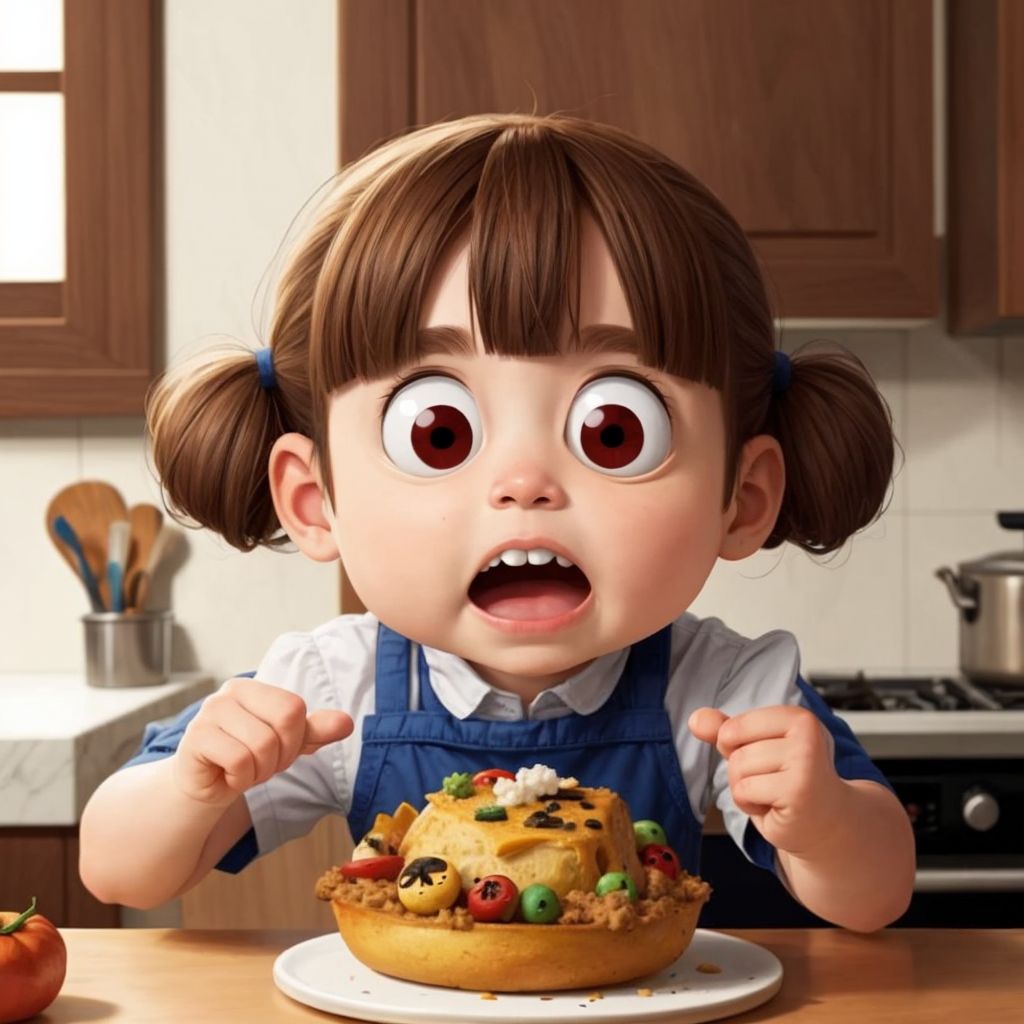
Food that has faces
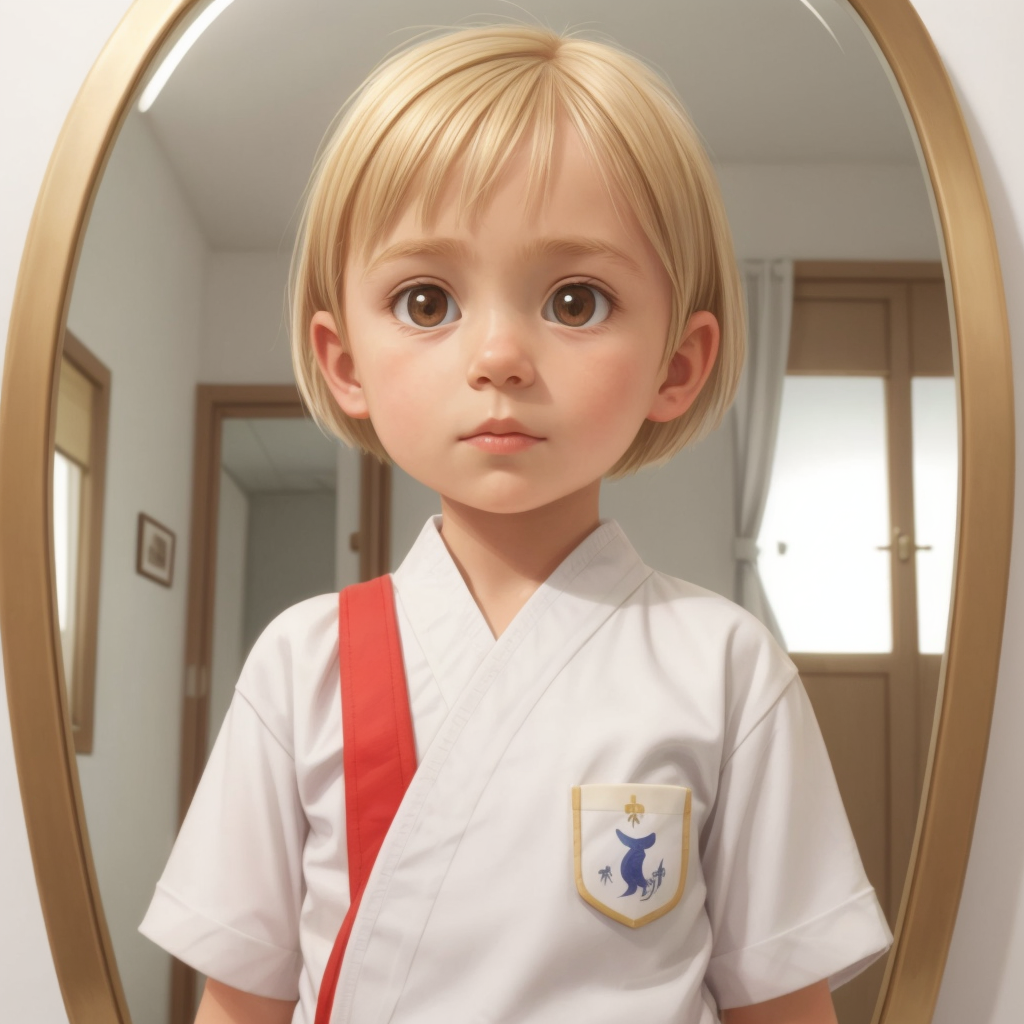
Layla misses Natalie at karate and wishes she was with her all of the time
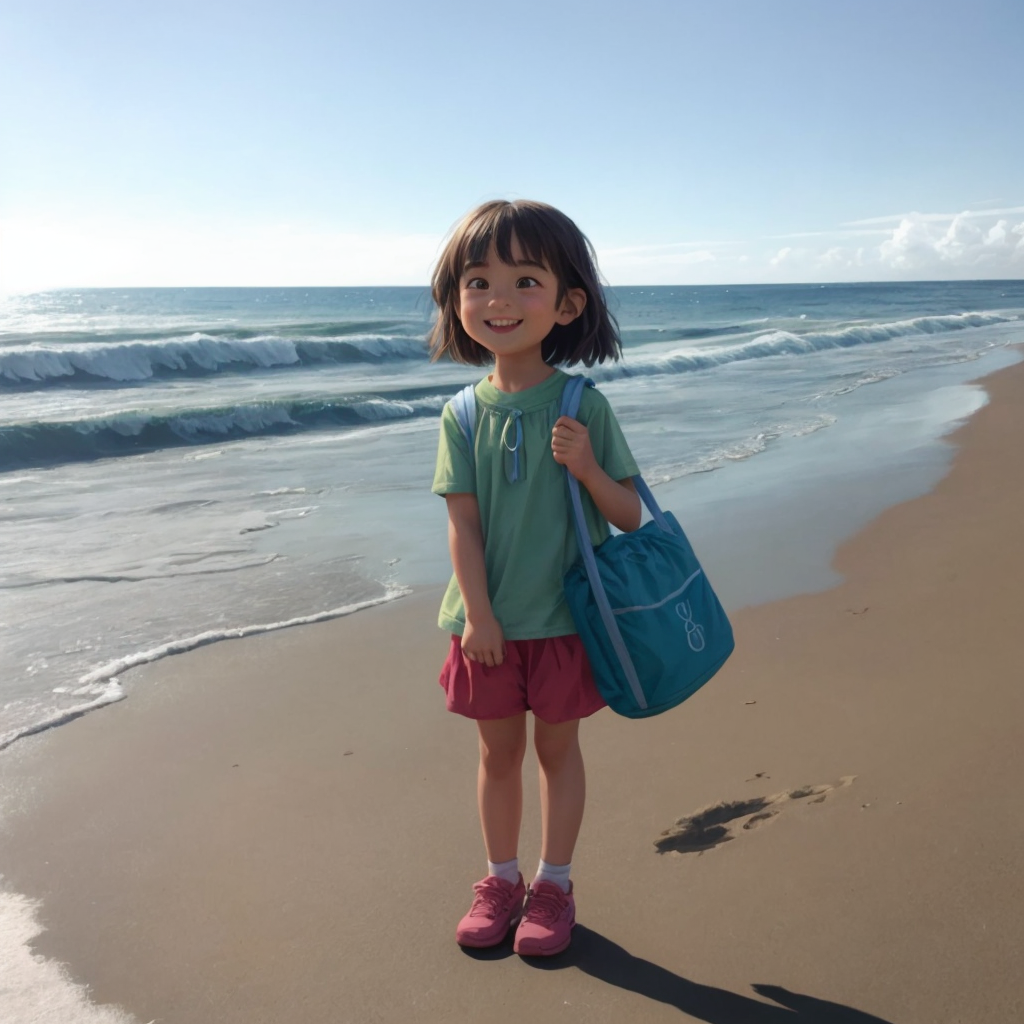
Trinity Goes to the Beach
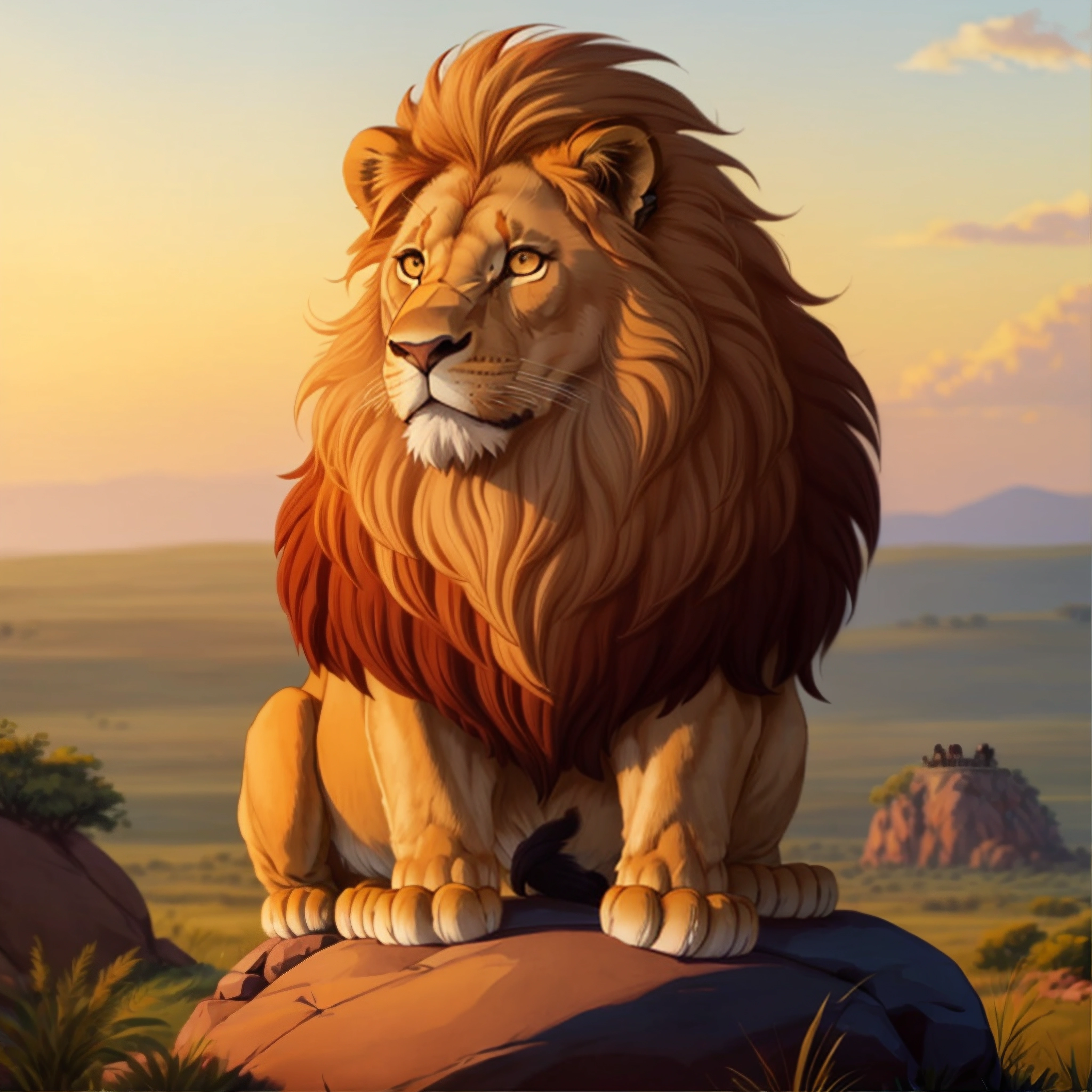
Micah was a mighty lion of the Safari who protected his heard from predators and lived by Gods command.
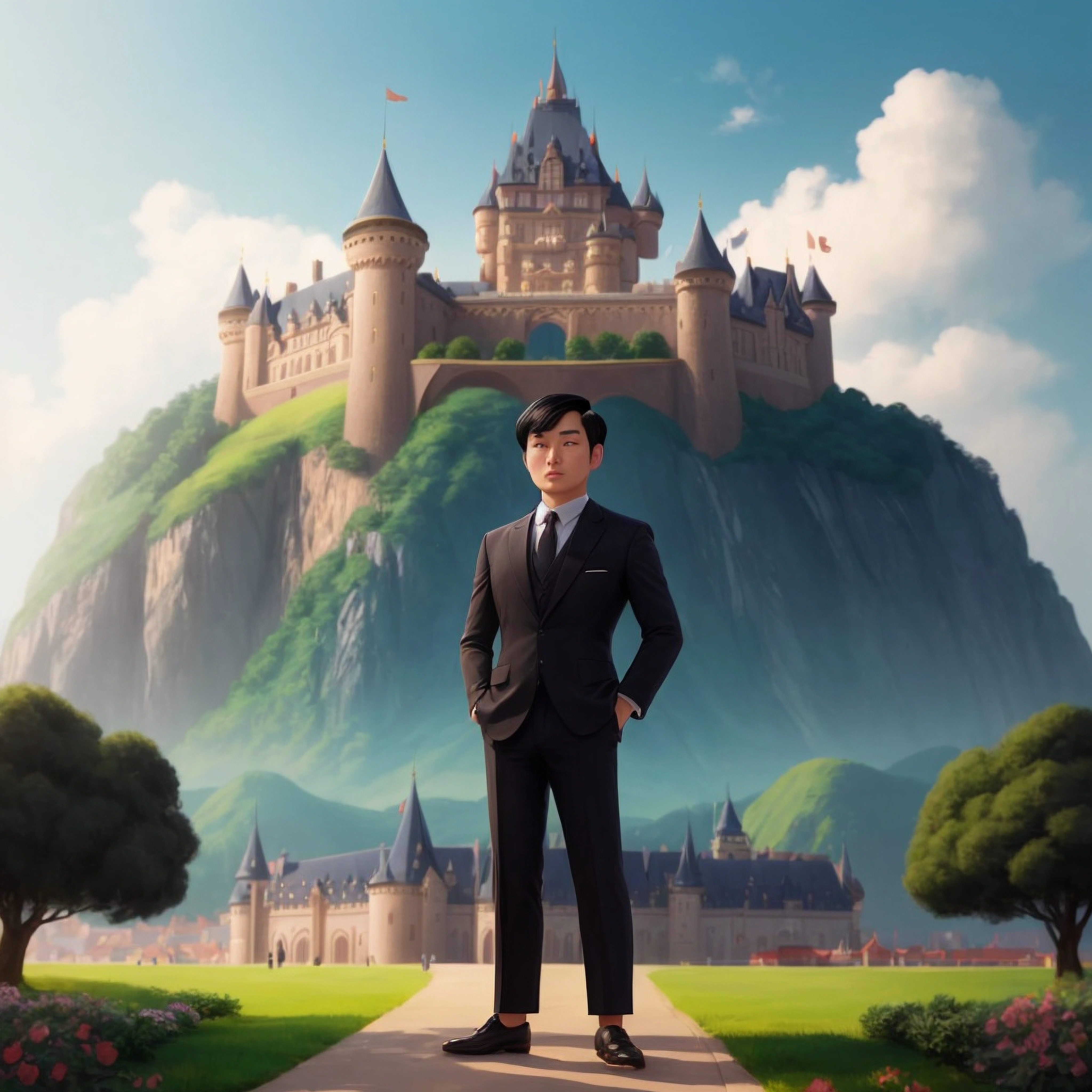
1. In ancient times, there lived two famous leaders who led two regions. Prince Boyo leads a kingdom called the Baya kingdom and Prince Yuba leads a village called Sura village. They made an agreement for the welfare of the people of the Baya kingdom and the village of Sura.
